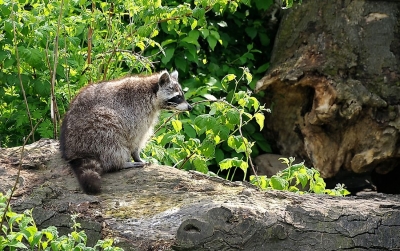
Canada has several large and distinct forest zones, which blend into a number of transitional zones. The northern coniferous, or boreal, forest (taiga) is the world’s second largest area of uninterrupted forest; only Russia has a greater expanse of boreal forest. The severe winter and short growing season limit the number of tree species. Among them the white and black spruce and white birch are common, and balsam (fir) and tamarack (larch) also have wide distribution. The boreal forest is an important source of pulpwood and also produces considerable lumber, but much of the northern area is too inaccessible for commercial lumbering.
Canada’s forest soils are acidic, the result of various degrees to which minerals are leached out of the topsoil; they are thus relatively infertile for agriculture. The degree of acidity and leaching is greater in the coniferous and less in the mixed and deciduous forests. With proper soil management, the mixed and deciduous forest soils make good farmland.
Wildlife regions correspond closely to the different forest zones. The subarctic supports large numbers of woodland caribou. The boreal forest includes nearly all species of mammals and birds recognized as distinctively Canadian. Among these are moose, beavers, Canada lynx, black bears, wolves, snowshoe hares, and a variety of birds, including Canada jays, blue jays, gray jays, ravens, and crows. In summer the coniferous forest fills with scores of varieties of warblers and other small birds that go north to nest. Farther south, white-tailed deer thrive on the forest borders and partially cleared areas. There are also numerous smaller mammals, including gray and red squirrels, minks, raccoons, muskrats, skunks, jackrabbits, cottontail rabbits, groundhogs, and a variety of mice and moles. In southern Ontario the wild turkey, which had disappeared because of hunting and reduction of its habitat, was reintroduced in the 1980s with some success. Coyotes are now seen as far south as the parkland ravines of Toronto. A broad range of wildlife species inhabit the Western Cordillera, with its wide variety of terrain and vegetation. Rocky Mountain sheep, mountain goats, elk, mule deer, and black bears are common in the southern mountains.
Credit : Britannica
Picture Credit : Google




